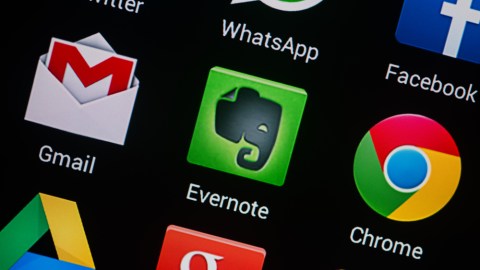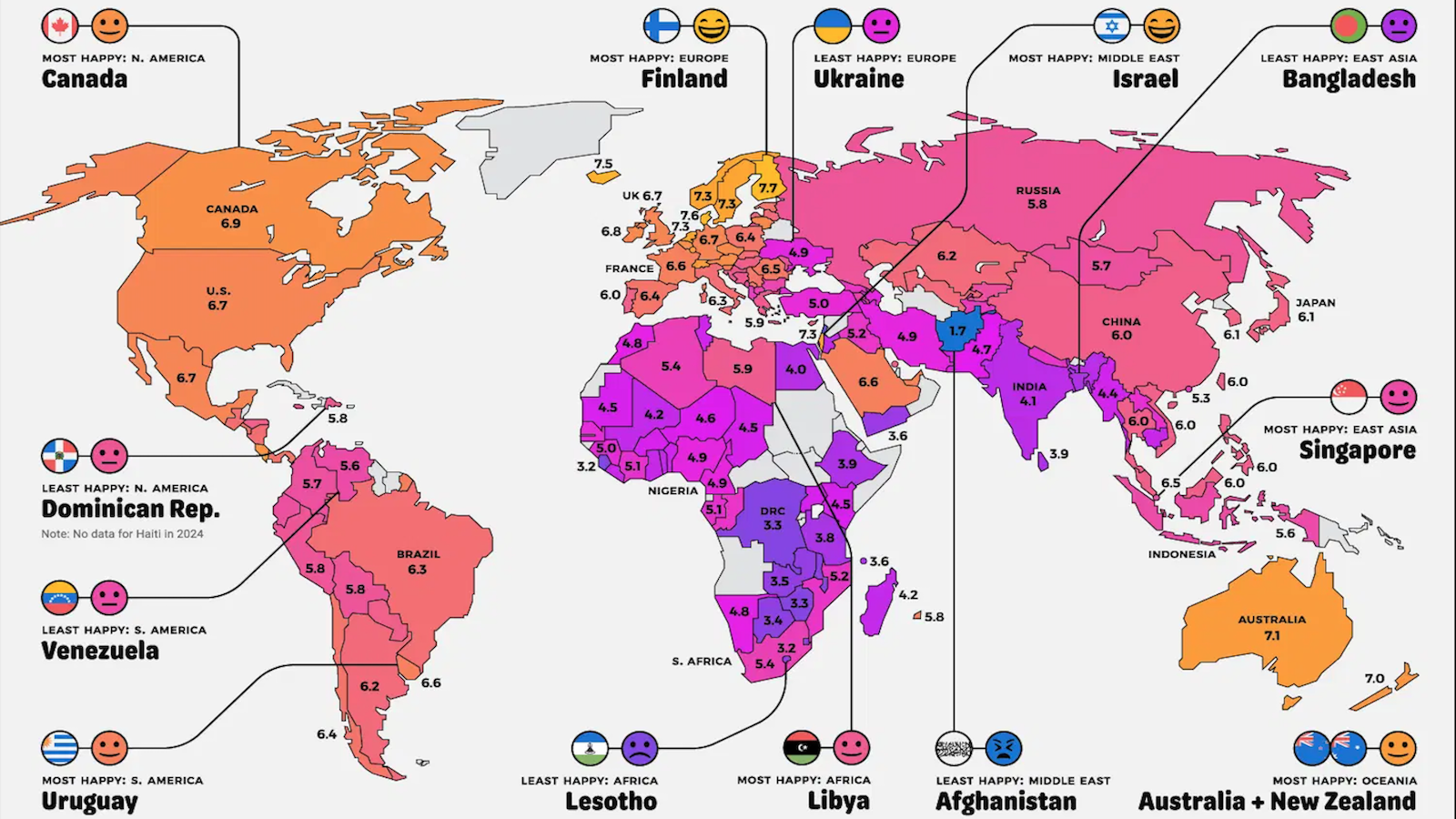Digital Business Strategy: How Evernote Monetized $10 million in Revenue

The amount of free stuff on the Internet is staggering. Before its invention, hardly anyone could have predicted so much information and so many services would be available for free. From newspaper content to language translations services, the Internet has tended to repel money, much to the dismay of digital business owners. Since last fall, however, the company behind the popular note-taking app Evernote has taken in $10 million in revenue, now averaging about $1 million per month in sales. So how are they doing it?
Evernote has gone old-fashioned, creating a sister company called Evernote Market that sells physical goods like office supplies, new technology hardware, and technology accessories. This has meant extending its brand to products like Moleskin, Post-It Notes, scanners, wallets, and socks. Now the company is at work on creating its own line of products like iPad stands made of Wisconsin walnut wood.
“We declared a ceasefire between pen and digital,” CEO Phil Libin said then. “You’re still going to have physical products. Your sense of touch isn’t going away. People still want nice-feeling, beautiful things.”
Besides creating a new revenue stream for the company, Evernote Market tends to funnel individuals toward the digital product, the original Evernote app, which includes subscription level services that customers are required to pay for. So there you have it. Your digital business might benefit from having a presence in the world of physical things.
In his Big Think interview, business consultant Marshall Goldsmith explains how to manage your global digital business. That means thinking on a global scale, understanding how technology impacts the business, and creating alliances with other companies.
Read more at Fast Company
Photo credit: Shutterstock





